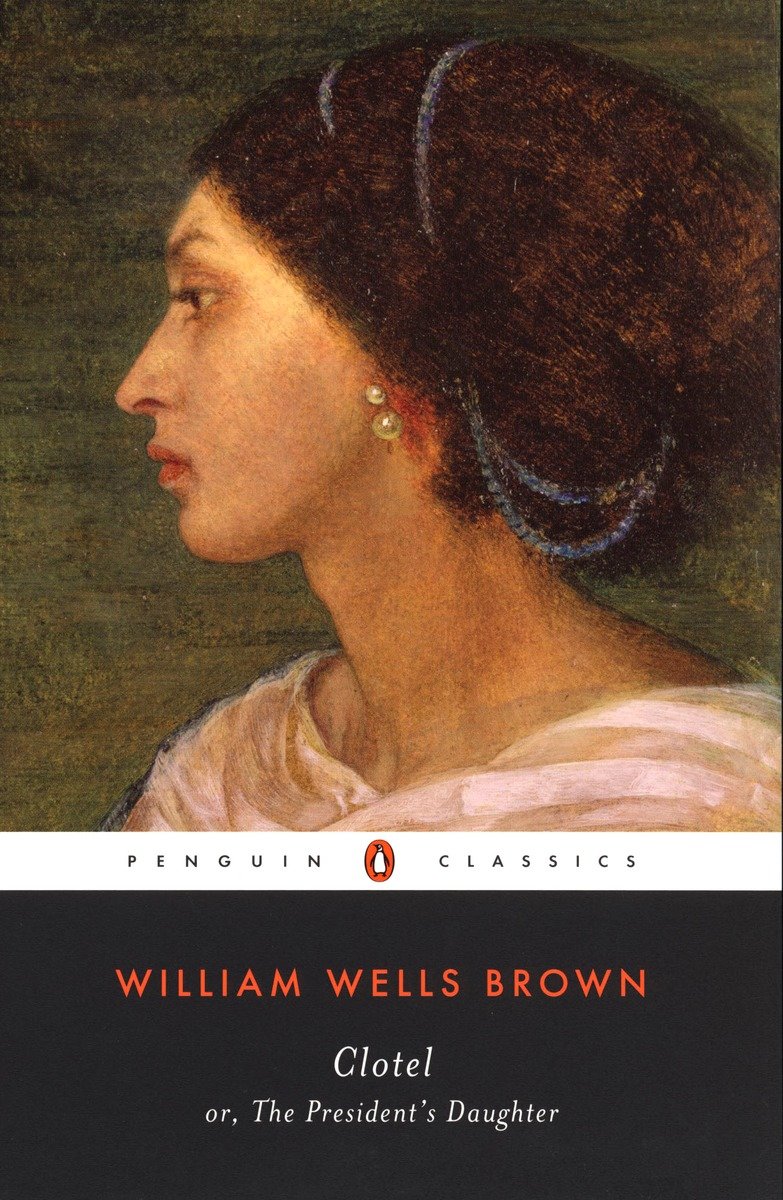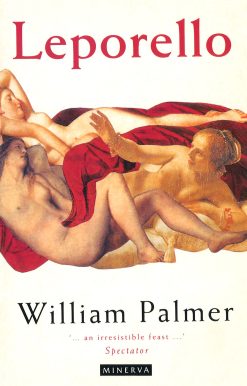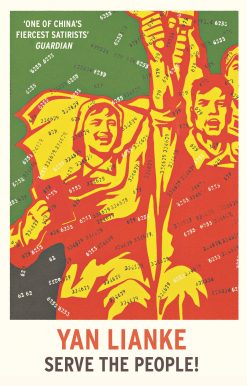Clotel: or, The President’s Daughter
11.00 JOD
Please allow 2 – 5 weeks for delivery of this item
Description
First published in December 1853, Clotel was written amid then unconfirmed rumors that Thomas Jefferson had fathered children with one of his slaves. The story begins with the auction of his mistress, here called Currer, and their two daughters, Clotel and Althesa. The Virginian who buys Clotel falls in love with her, gets her pregnant, seems to promise marriage—then sells her. Escaping from the slave dealer, Clotel returns to Virginia disguised as a white man in order to rescue her daughter, Mary, a slave in her father’s house. A fast-paced and harrowing tale of slavery and freedom, of the hypocrisies of a nation founded on democratic principles, Clotel is more than a sensationalist novel. It is a founding text of the African American novelistic tradition, a brilliantly composed and richly detailed exploration of human relations in a new world in which race is a cultural construct. • First time in Penguin Classics • Includes appendices that show the different endings Brown created for the various later versions of Clotel, along with the author’s narrative of his “Life and Escape,” Introduction, suggested readings, and comprehensive explanatory notes
Additional information
| Weight | 0.27 kg |
|---|---|
| Dimensions | 1.78 × 12.93 × 19.56 cm |
| PubliCanadation City/Country | USA |
| by | |
| Format | Paperback |
| Language | |
| Pages | 320 |
| Publisher | |
| Year Published | 2003-12-30 |
| Imprint | |
| ISBN 10 | 0142437727 |
| About The Author | William Wells Brown (1814–1884) was born a slave, escaped to the North and then to England, and became one of the most prominent abolitionists of his time. During his prolific literary career, Brown was a pioneer in several different genres, including travel writing, fiction, and drama.M. Giulia Fabi is the author of Passing and the Rise of the African American Novel. She teaches American literature at the University of Ferrara, Italy. |
"A remarkable beginning for African-American fiction."–Henry Louis Gates, Jr. |
|
| Excerpt From Book | The Negro Sale."Why stands she near the auction stand,That girl so young and fair?What brings her to this dismal place,Why stands she weeping there?"With the growing population of slaves in the Southern States of America,there is a fearful increase of half whites, most of whose fathers areslaveowners, and their mothers slaves. Society does not frown upon the manwho sits with his mulatto child upon his knee, whilst its mother stands aslave behind his chair. The late Henry Clay, some years since, predictedthat the abolition of Negro slavery would be brought about by theamalgamation of the races. John Randolph, a distinguished slaveholder ofVirginia, and a prominent statesman, said in a speech in the legislature ofhis native state, that "the blood of the first American statesmen coursedthrough the veins of the slave of the South." In all the cities and townsof the slave states, the real Negro, or clear black, does not amount tomore than one in every four of the slave population. This fact is, ofitself, the best evidence of the degraded and immoral condition of therelation of master and slave in the United States of America.In all the slave states, the law says:?"Slaves shall be deemed, sold[held], taken, reputed, and adjudged in law to be chattels personal in thehands of their owners and possessors, and their executors, administratorsand assigns, to all intents, constructions, and purposes whatsoever. Aslave is one who is in the power of a master to whom he belongs. The mastermay sell him, dispose of his person, his industry, and his labour. He cando nothing, possess nothing, nor acquire anything, but what must belong tohis master. The slave is entirely subject to the will of his master, whomay correct and chastise him, though not with unusual rigour, or so as tomaim and mutilate him, or expose him to the danger of loss of life, or tocause his death. The slave, to remain a slave, must be sensible that thereis no appeal from his master." Where the slave is placed by law entirelyunder the control of the man who claims him, body and soul, as property,what else could be expected than the most depraved social condition? Themarriage relation, the oldest and most sacred institution given to man byhis Creator, is unknown and unrecognised in the slave laws of the UnitedStates. Would that we could say, that the moral and religious teaching inthe slave states were better than the laws; but, alas! we cannot. A fewyears since, some slaveholders became a little uneasy in their minds aboutthe rightfulness of permitting slaves to take to themselves husbands andwives, while they still had others living, and applied to their religiousteachers for advice; and the following will show how this grave andimportant subject was treated:?"Is a servant, whose husband or wife has been sold by his or her masterinto a distant country, to be permitted to marry again?"The query was referred to a committee, who made the following report;which, after discussion, was adopted:?"That, in view of the circumstances in which servants in this country areplaced, the committee are unanimous in the opinion, that it is better topermit servants thus circumstanced to take another husband or wife." |
Only logged in customers who have purchased this product may leave a review.






Reviews
There are no reviews yet.